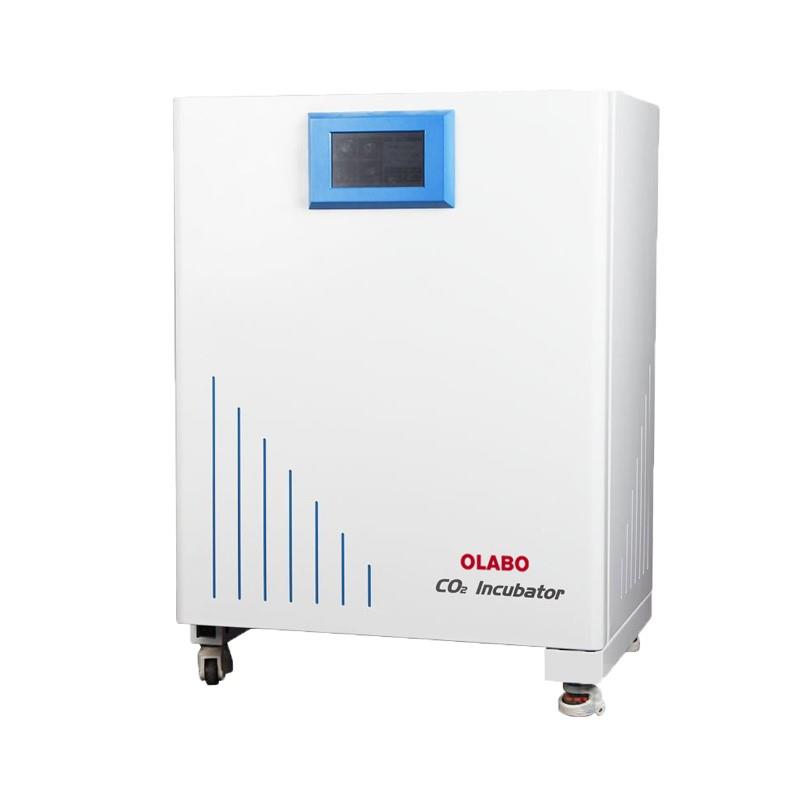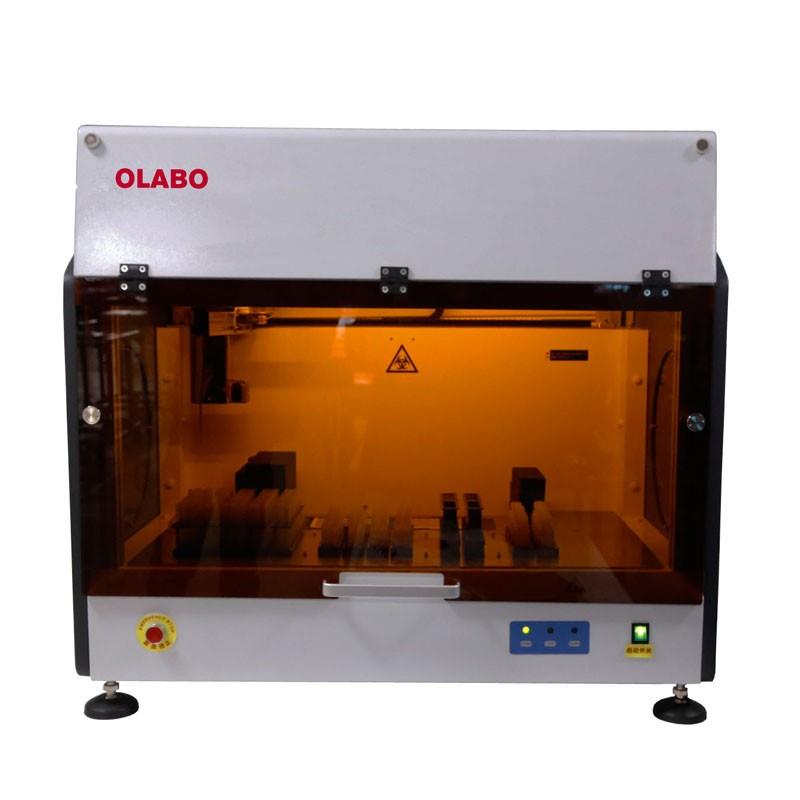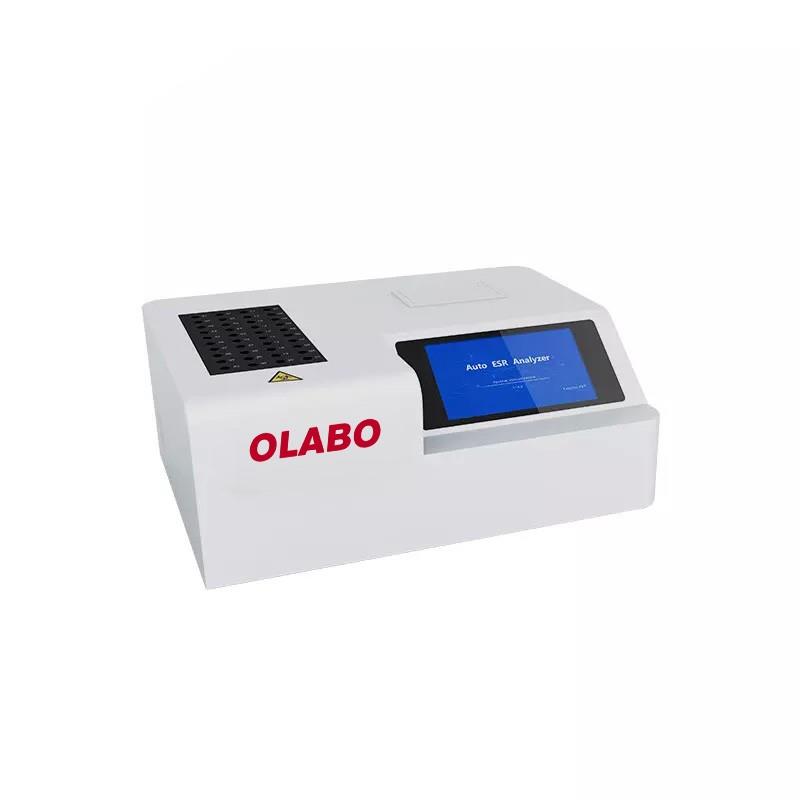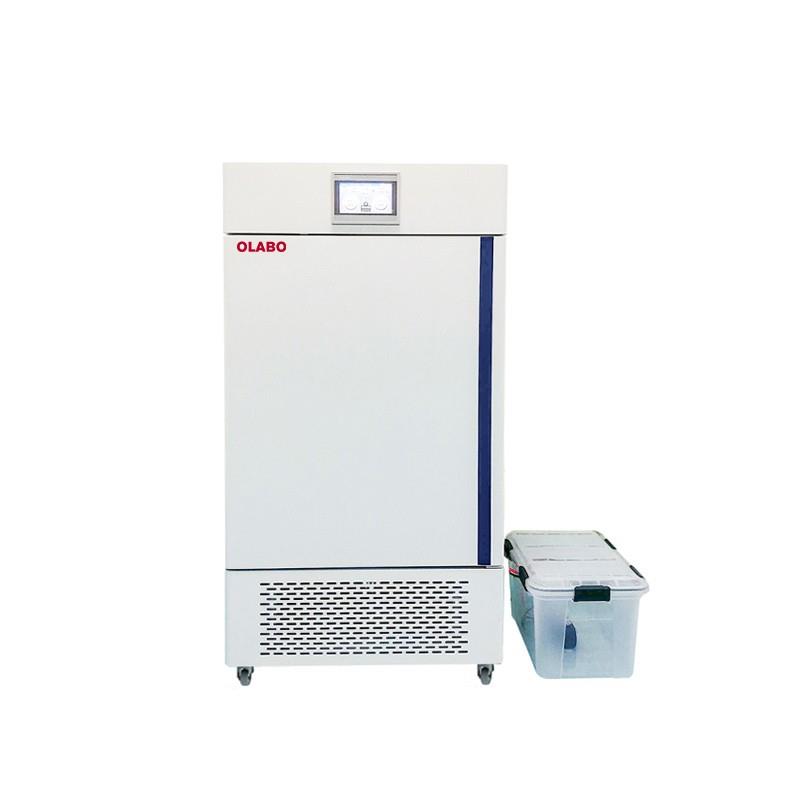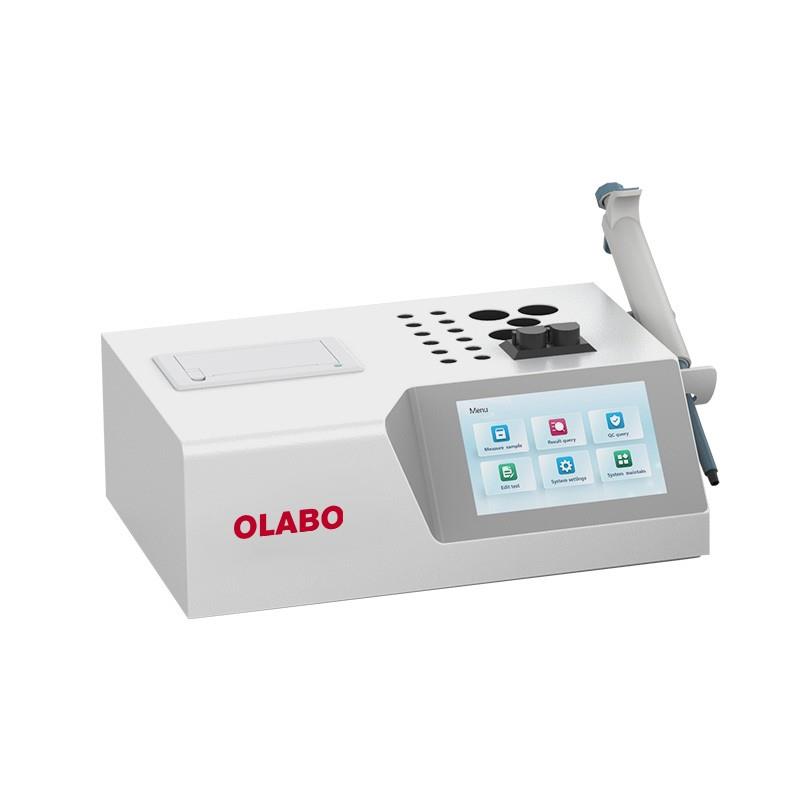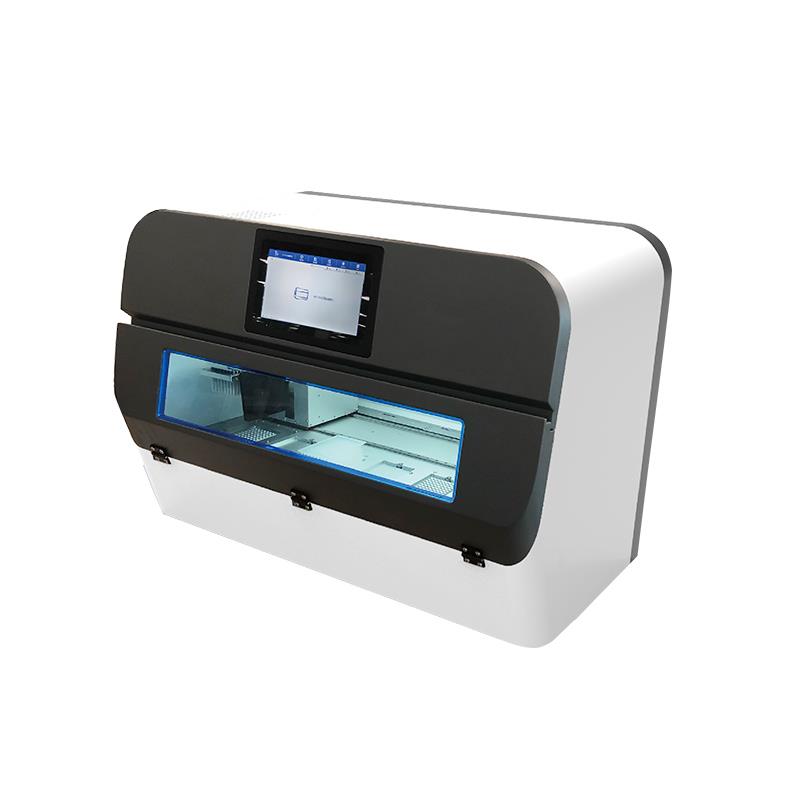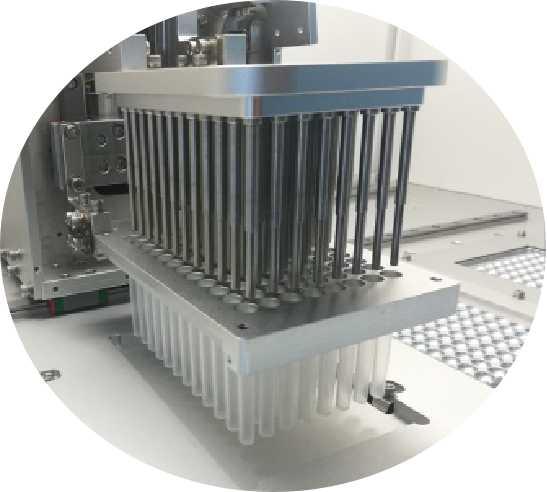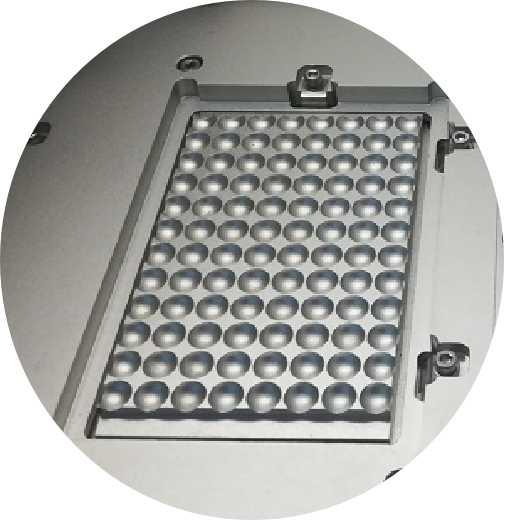PRODUCT
- Biological Safety Cabinet
- Air Protection Products
- Refrigerator and Freezer
-
Clinical & Analytical Instruments
- Fluorescence Immunoassay Analyzer
- Blood Coagulation Analyzer
- Vein Finder
- Auto ESR Analyzer
- Automatic Chemiluminescence Immunoassay System
- Auto ELISA Processor
- ATP fluorescence detector
- Electrolyte Analyzer
- PH meter
- Visible Spectrophotometer
- Hematology Analyzer
- Chemical Analyzer
- Nucleic Acid Extractor System
- Incubator and Oven
- Disinfection and Sterilization Equipment
- Epidemic Prevention Products
-
General Lab Equipment
- Kjeldahl Nitrogen Analyzer
- Cell Thawing Instrument
- Wastewater Treatment System
- Washer Disinfector
- Single Punching Machine
- Tissue Grinding Machine
- Laser Airborne Particle Counter Tester
- Graphite Digester Instrument
- Peristaltic Pump
- Tablet Friability Tester
- Slide Dryer (Hot Plate)
- Constant Temperature and Humidity Weighing Cabinet
- Disintegration Tester
- Elisa Microplate Reader
- Medical Sealing Machine
- Electric pneumatic hemostatic
- Microscope
- Hydrogen Generator
- Viscometer
- Elisa Microplate Washer
- PCR Instrument
- Water Purifier
- Centrifuge
- Rehabilitation Products
- Medical Equipments
- Cold Chain
- Sample Processing


